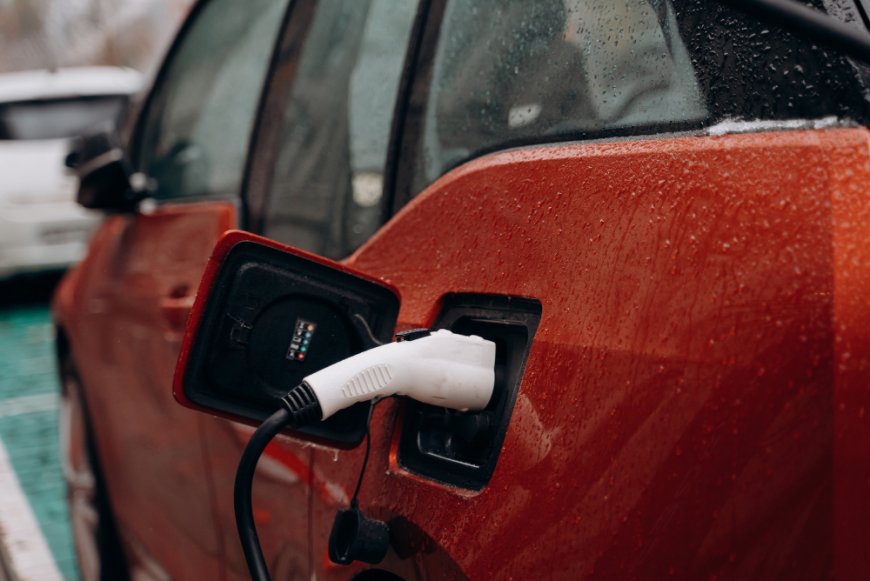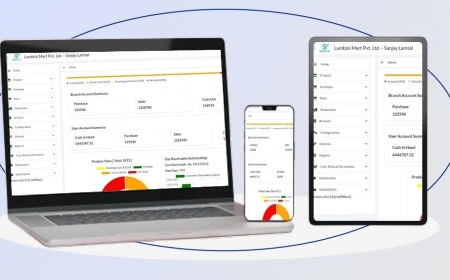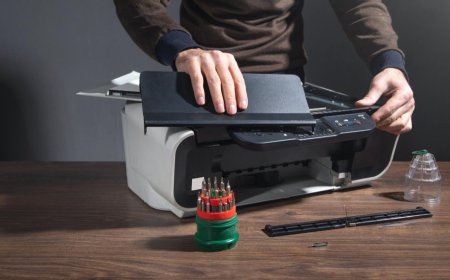Fuel Nozzles in Focus Design and Function
A fuel nozzle ensures precise fuel delivery and atomization for efficient combustion, enhancing engine performance and reducing emissions.

The fuel nozzle is a small but critical component in any internal combustion engine or turbine. Despite its compact size, the fuel nozzle plays a vital role in ensuring optimal engine performance, fuel efficiency, and emission control. Whether used in marine engines, aviation turbines, or industrial power systems, fuel nozzles must operate with high precision to deliver the right amount of fuel in the correct spray pattern.
What Is a Fuel Nozzle?
A fuel nozzle is a device designed to inject fuel into a combustion chamber. It controls the flow rate, atomization, and spray pattern of the fuel, ensuring it mixes properly with air for efficient combustion. The performance of the nozzle directly influences engine efficiency, fuel consumption, and emissions.
Types of Fuel Nozzles
Fuel nozzles are available in various designs based on their application:
-
Pressure Atomizing Nozzles
-
Use fuel pressure to atomize the fuel.
-
Common in diesel and marine engines.
-
-
Airblast Nozzles
-
Use a combination of air and fuel for atomization.
-
Typically found in gas turbines and jet engines.
-
-
Duplex Nozzles
-
Provide dual spray patterns (pilot and main).
-
Useful for stable combustion at varying loads.
-
-
Simplex Nozzles
-
Basic design with a single orifice.
-
Used in low-performance engines or backup systems.
-
Key Functions of a Fuel Nozzle
-
Atomization: Breaks fuel into fine droplets to ensure even combustion.
-
Spray Pattern Control: Ensures fuel is directed precisely within the chamber.
-
Flow Regulation: Maintains correct fuel-air ratio across different operating conditions.
-
Emission Reduction: Supports cleaner combustion, helping engines meet environmental regulations.
Materials and Durability
Fuel nozzles are typically made from corrosion-resistant and high-temperature materials such as stainless steel, Inconel, or titanium alloys. This ensures long service life even under extreme heat and pressure.
Maintenance and Replacement
A worn or clogged fuel nozzle can cause poor engine performance, increased fuel consumption, and higher emissions. Regular inspection and cleaning are essential. In high-performance systems, nozzles are often replaced during scheduled overhauls to maintain efficiency and compliance.
Applications Across Industries
-
Marine: Essential for diesel and dual-fuel marine engines.
-
Aviation: Used in jet turbines for precise fuel delivery.
-
Power Generation: Crucial in gas turbines for consistent energy output.
-
Automotive: Found in fuel injection systems for modern vehicles.
Conclusion
The fuel nozzle may be a small component, but its impact on engine performance and environmental efficiency is enormous. With advances in design and materials, modern fuel nozzles offer higher precision, lower emissions, and improved durability. Whether in a ship, plane, or power plant, this unassuming device ensures smooth and efficient operation across the worlds most critical machinery.








































